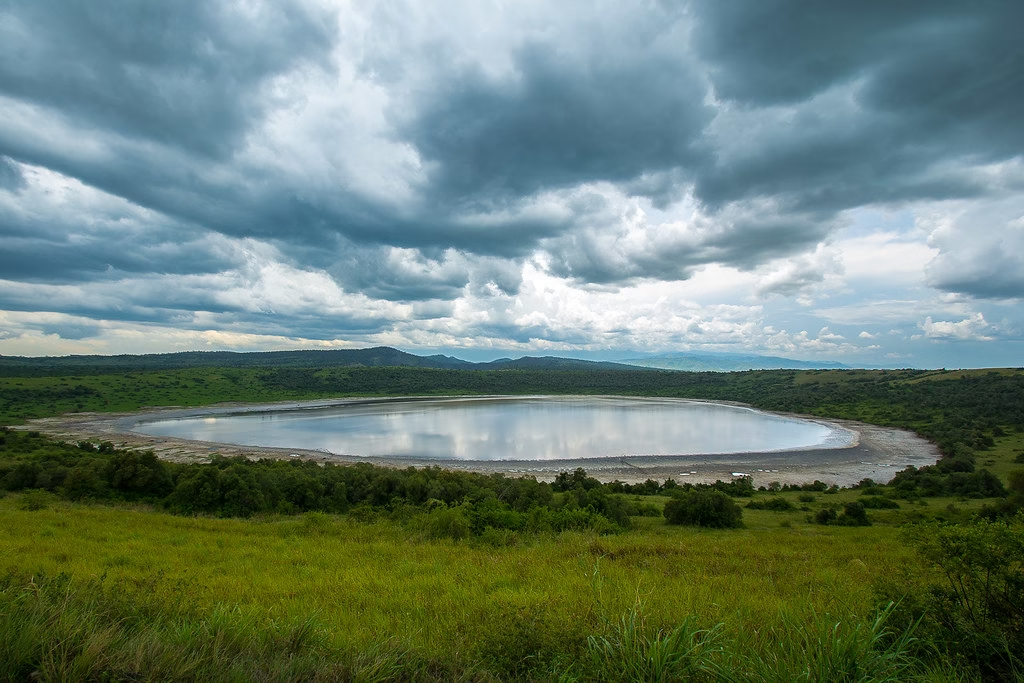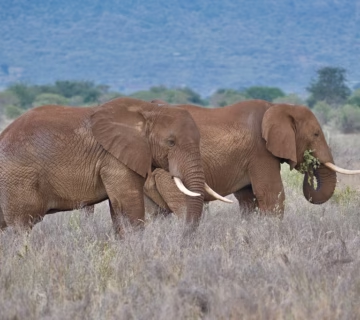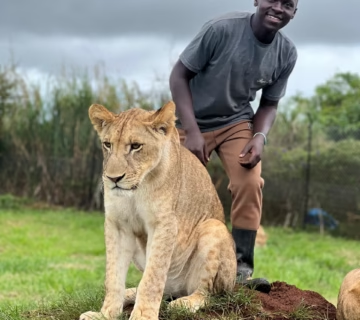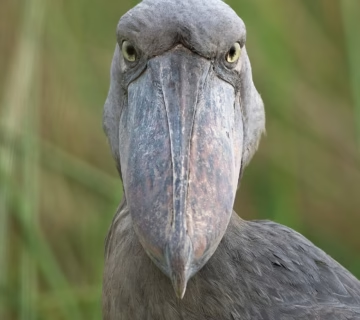Weather – Queen Elizabeth National Park
Although a lot of elements define Queen Elizabeth National Park’s climate, its location is one of the main ones influencing the way the weather there seems right now. Located in southwest Uganda, Queen Elizabeth National Park (QENP) is a hilly terrain; maybe this explains the park’s climate and weather patterns.
The equator crosses through queen Elizabeth national park at zero coordinates; you will discover a place at the park’s entrance where it is land marked. The enormous African rift valley runs through which Queen Elizabeth’s national park is located. From game drives to hiking and nature walks among other activities made available by the local weather, queen Elizabeth national park offers.
HOT WEATHER CONDITIONS
The explanation for the high temperature is the queen Elizabeth national park’s location in the rift valley; lower altitude rift valleys usually have high temperatures. Queen Elizabeth national park is freezing at night and hot during the day. Standard temperatures range from a minimum of about 17°C with an equivalent of 63°F; experienced during the night to morning about 9am; maximum temperature ranges from around 29°C with an equivalent of 84°F.
at the dry seasons, the visitor activities at Queen Elizabeth National Park most definitely seem more fascinating. The year has two dry seasons: first in January and February at the beginning and second in June and July in the middle of the year. Though not as often and heavily as in the rainy seasons, rainfall should still be expected in the dry seasons.
Many visitors accompanied by tour operators assemble in the mornings to go chimpanzee tracking in the scenic Kyambura Gorge at this time of year since the roads and forest tracks are dry and passable for wildlife drives. In the Kalinzu woodland in the southern boundaries of queen Elizabeth national park in Rubirizi district, chimps track and bird watch.
Most of the vegetation in Queen Elizabeth National Park dries out; making the wildlife viewing possible in the dry season; for instance, lion tracking is easier in the short grass in kasenyi plains during the dry season. The grass in the dry season easily reveals the Uganda kob, waterbuck, obiri, big forest hog, elephant, lion, warthog, cape buffalo, and many more. Furthermore, most of the water ponds dry during the dry season, therefore providing no other choice for the wild animals except coming out of their hide outs to drink water from the water bodies like Kazinga Channel and lake George.
Many animals are seen congregated around water bodies during the dry season, hence the launch voyage on the Kazinga Channel is fantastic during the dry season. Most especially in the afternoon, the crocodiles are sunning near the shore while the hippos cool down in the water. Then the birds like Martial Eagles, African skimmers, Papyrus Gonolek, Shoebill Stork and Cormorants either picking for insects on the shoreline or gliding in the skies and more is what you experience on the launch cruise.
Cold weather condition
Although Queen Elizabeth national park experiences regular rainfall showers, heavier rainfall is received in the wet season during the moths of March, April and May, in the first part of the year, then the second rainfall pick is experienced in August, September, October and November ( part of the year). During the wet season, Queen Elizabeth national park sees a maximum rainfall of roughly 1390mm. For the two rainfall peaks, April and November mark climax.
Queen Elizabeth national park is free during the wet season with few visitors. This is so because, in the rainy season, the access roads and the tracks in Queen Elizabeth National Park are slick; the animals are also rare to observe during the game drives; moreover, the frequent afternoon rain interruptions pose problems. But the wet season is when Queen Elizabeth’s national park’s true beauty is shown; all the plains accentuate their rich color and all the trees bring back the leaves, so the visitor who visits Queen Elizabeth’s national park in the wet season will be able to appreciate the African wilderness’s true beauty.
Activities in Queen Elizabeth National Park, such hiking in the forests, chimpanzee tracking in Kyambura Gorge, bird viewing on Mweya Peninsular, and game drives across the Savannah, are put on hold for some hours until the drizzle or rain passes.
Notably, the temperatures in the wet season are still warm; they just slightly drop 16°C with an equivalent of 6°F during the day and get colder in the evening.
The wide savannah grass land and wood area like the kasenyi plains and ishasha sector help explain the reason for many ecosystems in Queen Elizabeth National Park.
Famous chimpanzees find a habitat in tropical rainforests including Maramagambo woodland and kyambura gorge/game reserve.
Ecosystems with a lot of animals and avian species are wetlands and swamps, for example near Kazinga Channel and a lake George.
Many elements affect the weather in Queen Elizabeth National Park; volcanic features marked by explosion craters like the Katwe Craters help in rain generation; the inter convergence zone (ITCZ) also determines the temperature of the park.
Unlike the rainy season, which is the low season and packages are gradually sold but at a discount, the dry season is the high season hence tour packages are maximized at queen Elizabeth national park. Park activities, however, take place all year long but are most effectively carried out during the dry season.




